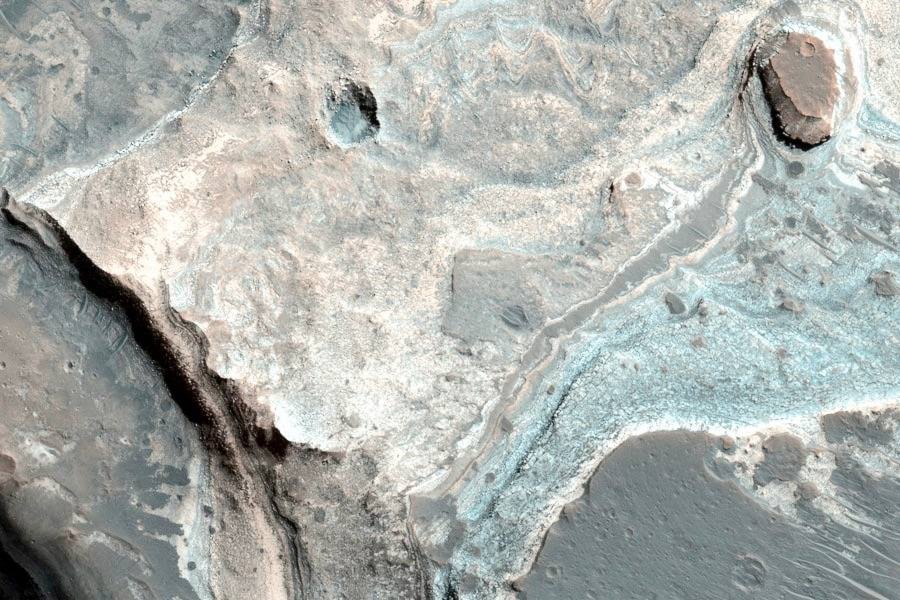By Samantha Bell
Mars reached it closest point to Earth on July 31 when it is only 57.6 million km away. This is the best month this year to view the red planet as it won’t be this close again until 2035. Just look for the brightest reddish “star” in the southern sky.
The Perseid Meteor Shower takes place between July 17 and Aug. 24 this year. The shower peaks the evening of Aug. 12 and morning of Aug. 13, and is expected to produce between 50 and 80 meteors per hour at peak, though Astronomy magazine is predicting 110. The new moon takes place Aug. 11, so we should have excellent viewing conditions. The radiant (area from which the meteors appear to radiate from) is in the northeast, in the constellation of Perseus.
A good rule of thumb is that meteors farthest from the radiant generally produce the longest streaks. The best way to enjoy this meteor shower is from a reclining lawn chair, though lying on a blanket works good as well. Perseid meteors are fast, about 200,000 km/h (125,000 mph) and appear either white or bluish white. They’re noted for leaving luminous trails that can last several seconds.
Venus is found in the west a half hour after sunset and will move eastward during August. It stands about the width of a fist (when held at arms length) from the horizon and will sink slightly during the month. The moon will pass close to it on the Aug. 13 and 14. Jupiter will stand to the upper left on Aug. 14. Venus is easy to find, just look for the brightest “star” in the west.
Jupiter rises in the southwest as Venus sinks in the east. Jupiter will spend August moving eastward in Libra. The best time to observe this giant planet is just after twilight while it is at its highest point. Even smaller telescopes can spot Jupiter’s four largest moons as well as the different bands of cloud.
Saturn can be found in the south shortly after Jupiter rises. This ringed world will linger in the northwestern corner of Sagittarius. Saturn’s yellowish glow can be used to find other deep-sky objects. It lies just east of the Trifid Nebula (M20), just north of the Lagoon Nebula (M8), and just southwest of the open star cluster M21. Saturn’s rings are currently tilted 27 degrees to our line of sight, allowing you to see the gap between the outer A ring and brighter B ring. A good excuse to drag out the telescope.
Mars rises in the southeast shortly after Saturn, in the border between Capricornus and Sagittarius. It will move westward until Aug. 28, when it will slowly start drifting east. The red planet starts the month brighter than Jupiter, but by the end of August it will have dimmed to half the brightness. Mars will reach its highest point shortly before 1 a.m. at the beginning of the month and by 10:30 p.m. by month’s end. The best time to look at Mars through a telescope will be within two hours of these times. Just look for the reddish “star.”
Neptune rises in the east near twilight and sets in the southwest. It is best viewed after midnight, as it is difficult to spot around twilight. You will need binoculars or a telescope to locate this planet’s blue-gray disc in Eastern Aquarius.
Uranus is three hours behind Neptune and follows a similar path across the sky. You can spot this planet with the naked eye — you just have to be under dark skies. Uranus lies in Aries, which rises highest just before dawn. Use binoculars or a telescope to confirm this planetary sighting with its blue-green disc.
Mercury rises 1 1/2 hours before dawn in the east, just to the west of the sun. This speedy planet reaches its greatest height on Aug. 26, roughly 45 minutes before sunrise. It will be slightly less than a fist (held at arms length) above the horizon, making it difficult to spot in hilly terrain.
For those of you travelling to Newfoundland, Labrador or Eastern Nunavut there will be a partial eclipse on Aug. 11. Happy Valley-Goose Bay, Labrador will see up to six per cent of the sun covered at 6:09 a.m. Iqaluit, Nunavut will see up to 26 per cent of the sun covered at 5:44 a.m.
